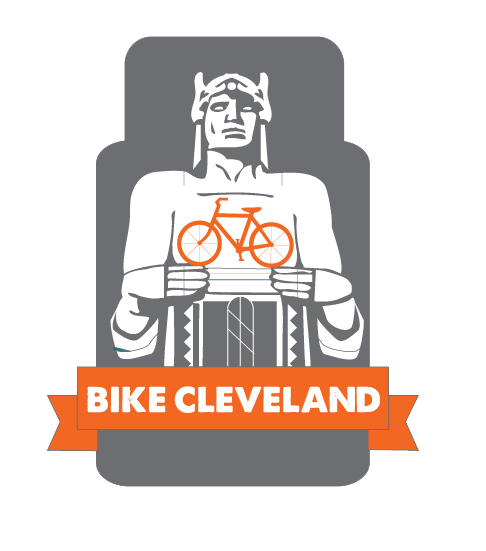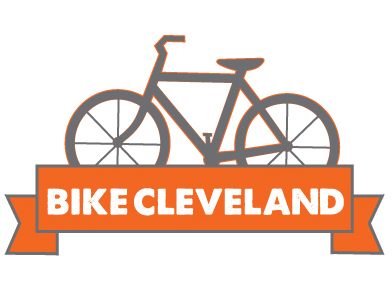Opportunity Corridor Campaign

The Ohio Department of Transportation and The City of Cleveland have proposed a connection between Interstate 490 from East 55th Street to University Circle. Regardless of the label, it is ostensibly a freeway extension designed to cater to automobiles above all else, and the original design does not adequately serve other modes of transportation such as biking, walking, and the populations who rely on such modes.
On February 17th, Bike Cleveland Executive Director Jacob VanSickle presented a strong case for protected bike lanes on the opportunity corridor, and the idea has support from the five Community Development Corporations impacted by the proposed roadway; University Circle Inc., Slavic Village Development, Burten, Bell, Carr Development Inc., Fairfax Renaissance Development Corporation, and Buckeye Area Development Corporation.
ODOT will soon complete the plans for phases two and three of the Opportunity Corridor, and we have been working hard to convince the City of Cleveland to ensure they are adequately serving citizens who live near the proposed new road, and not merely automobile commuters from around the region. Stay tuned here for updates regarding the project.
UPDATE: On April 7, 2015 the City convened a meeting with representatives of Bike Cleveland and various City departments to present a compromise on the bike facilities along the corridor in response to our earlier concerns. The meeting was very positive and we are pleased with the City’s plan to provide a protected bike/pedestrian area along Opportunity Corridor. Design elements include –
- 14 feet total width (10ft for bikes, 4ft for pedestrians)
- Pedestrian and cyclist safety is improved by segregating the movements in designated areas within a protected facility at sidewalk level.
- Cyclists are separated from cars by an 8-foot wide tree lawn.
- Tree lawn adds additional greenspace and snow storage capability.
- Project costs are not increased.
Here is a rendering of the new facilities. Note the difference in surface treatments between the cycling and pedestrian zones –


